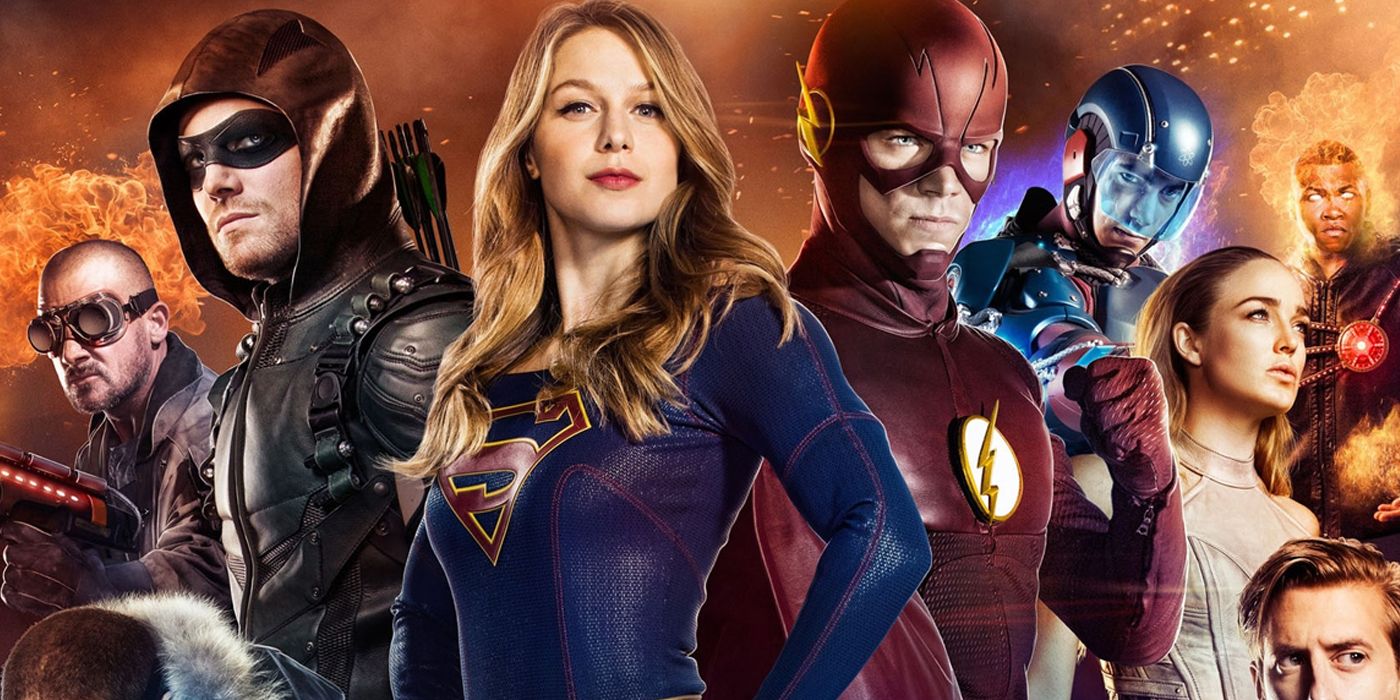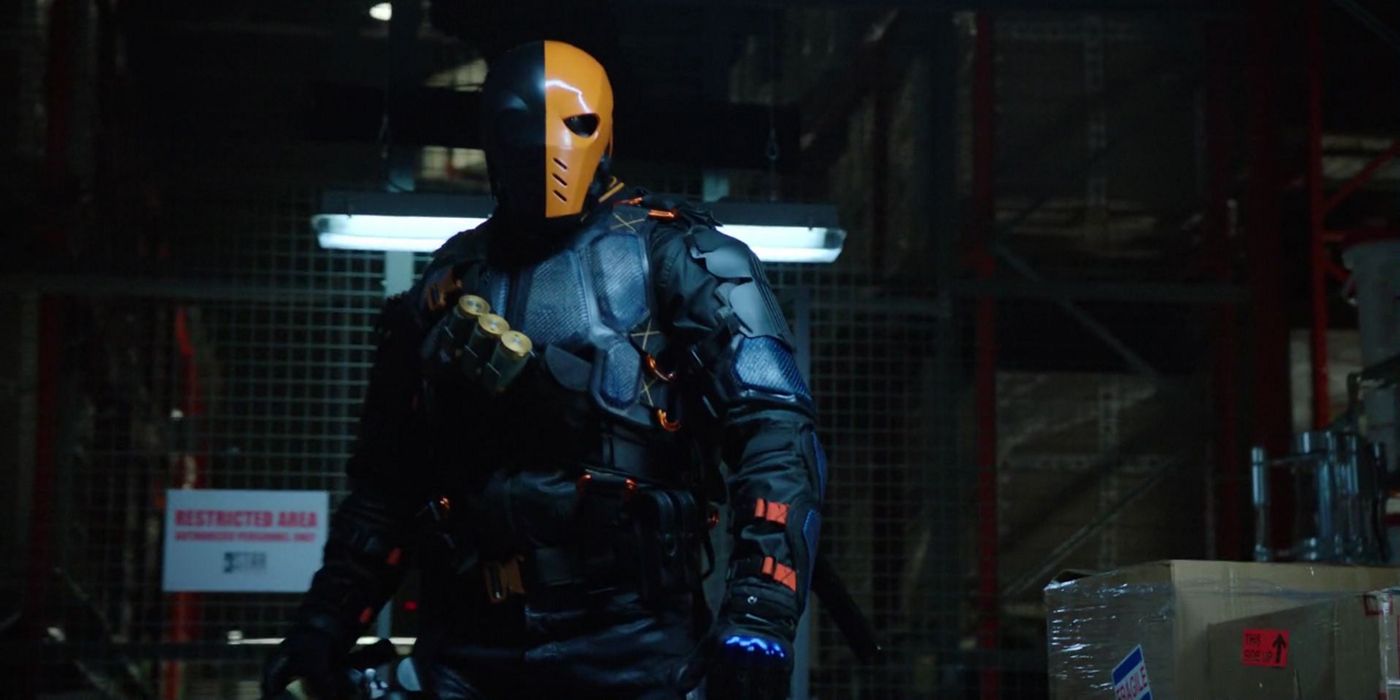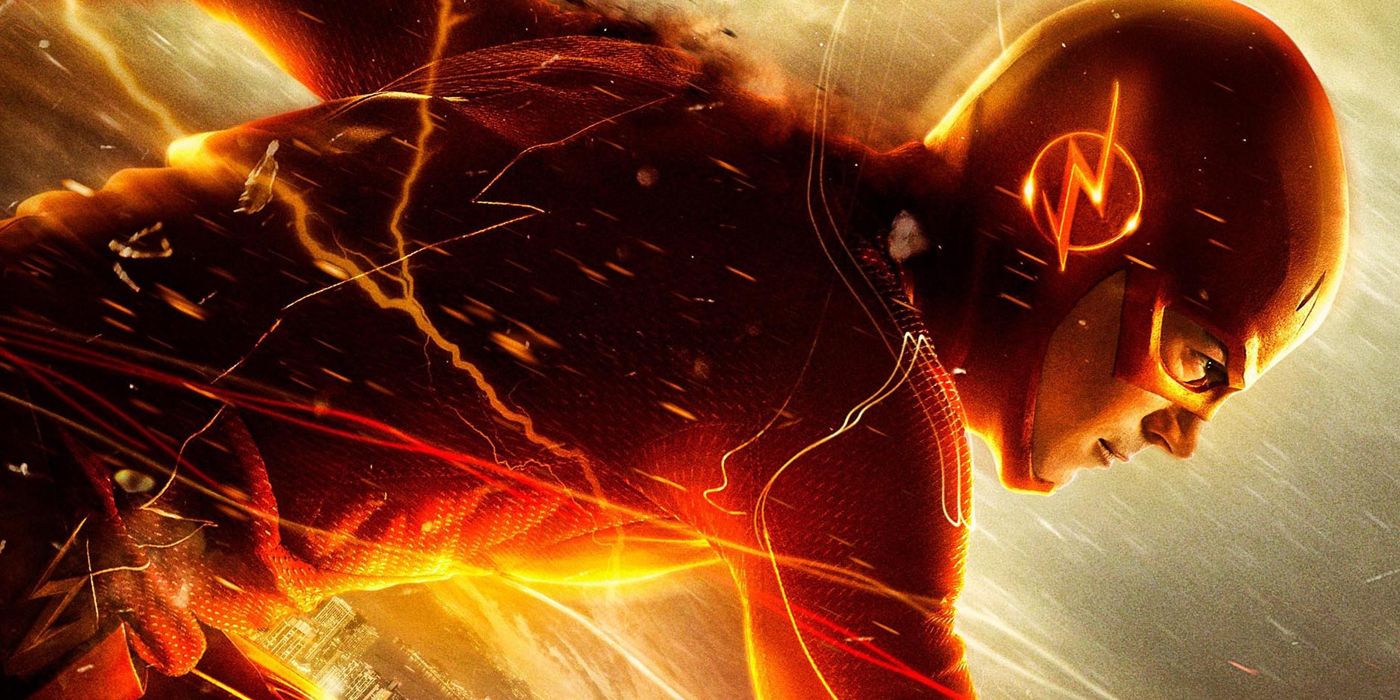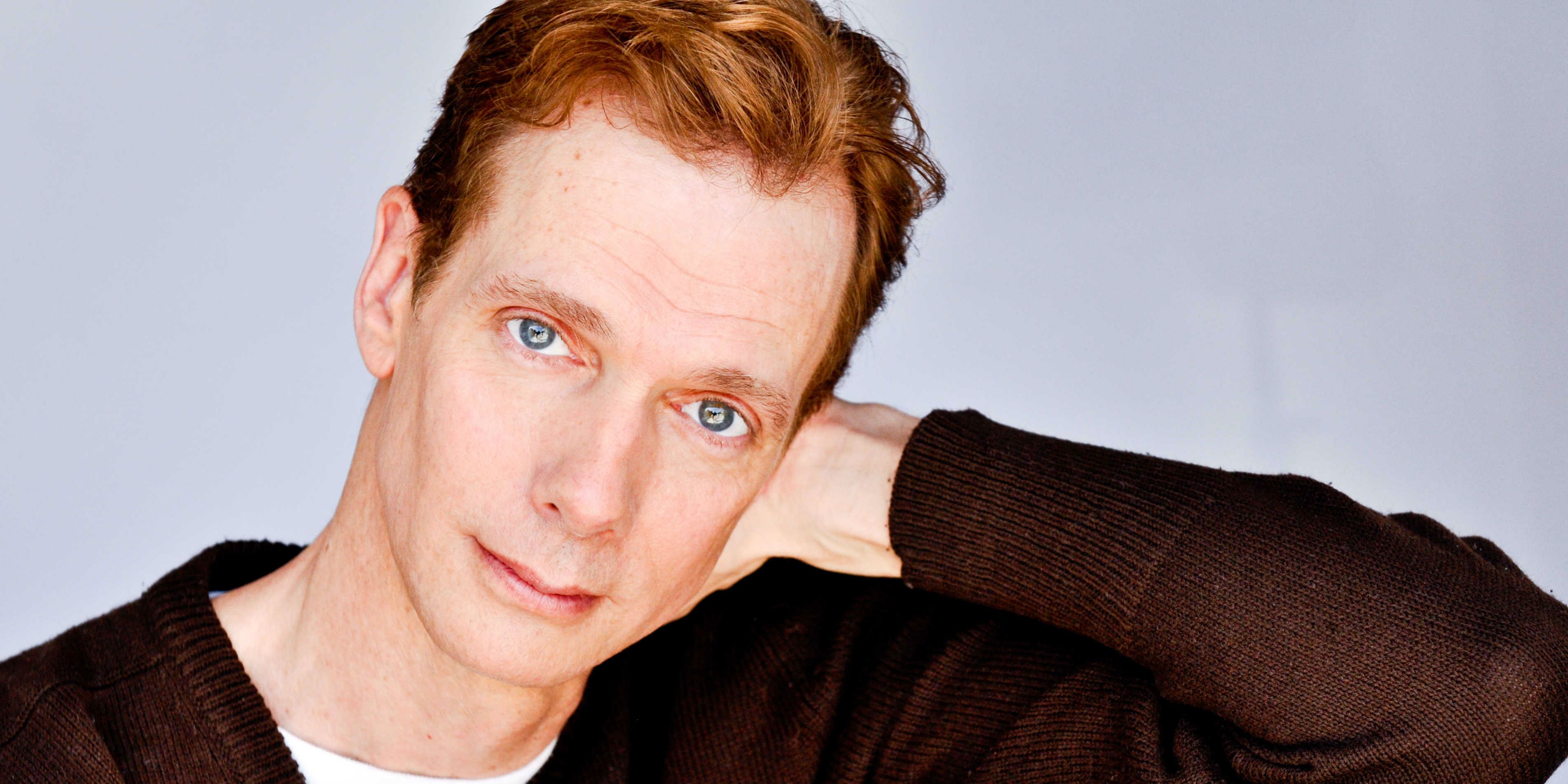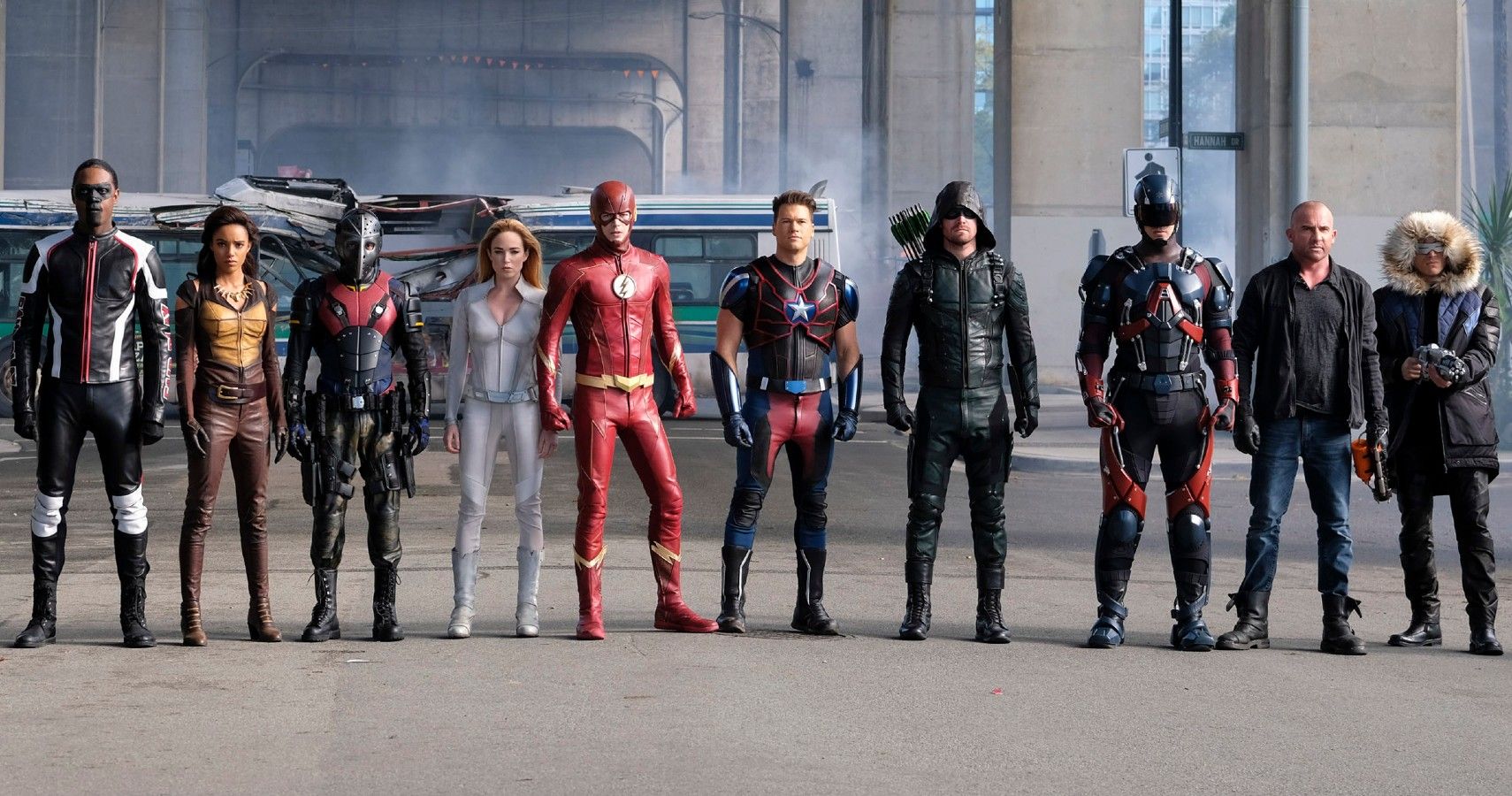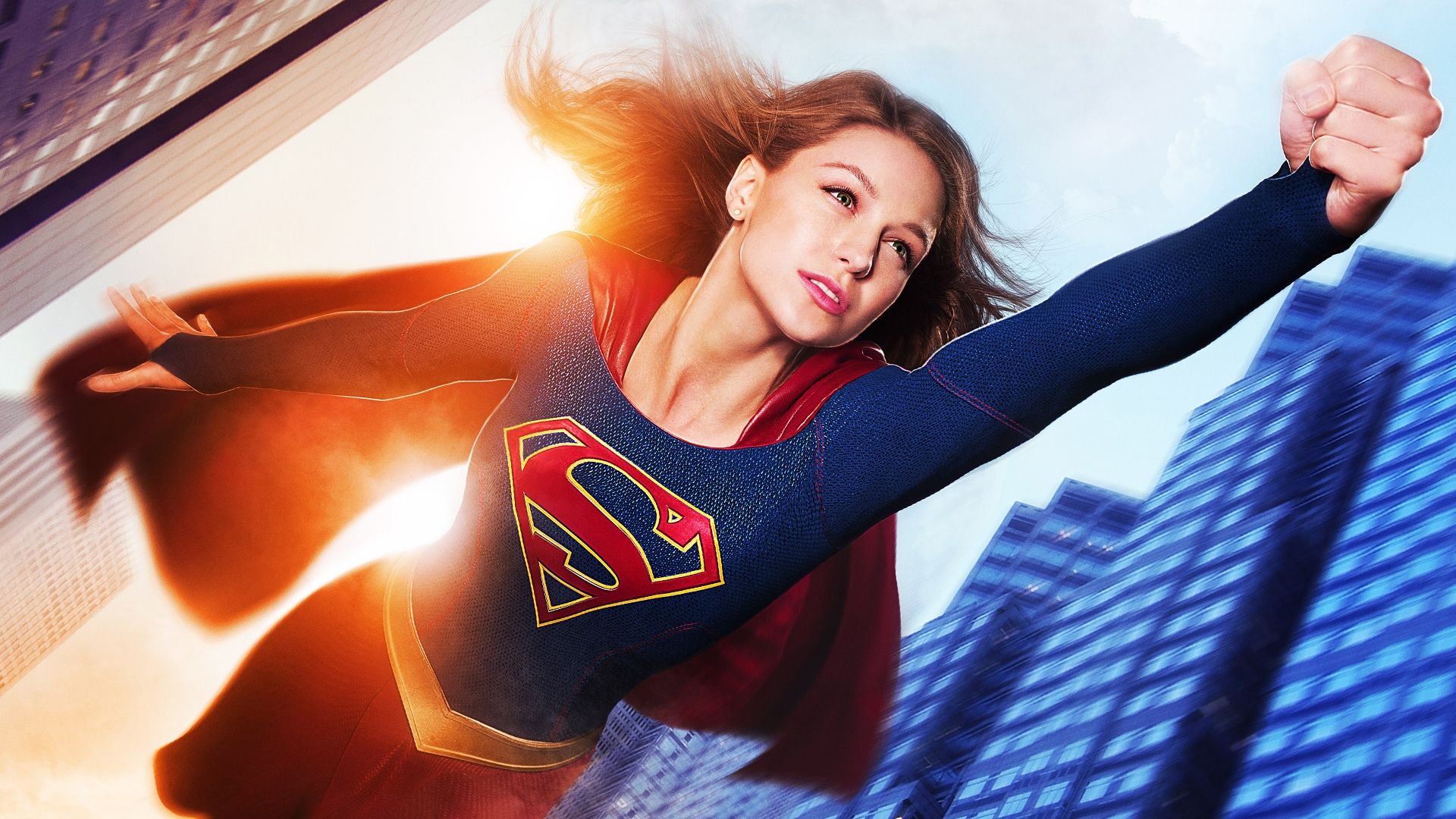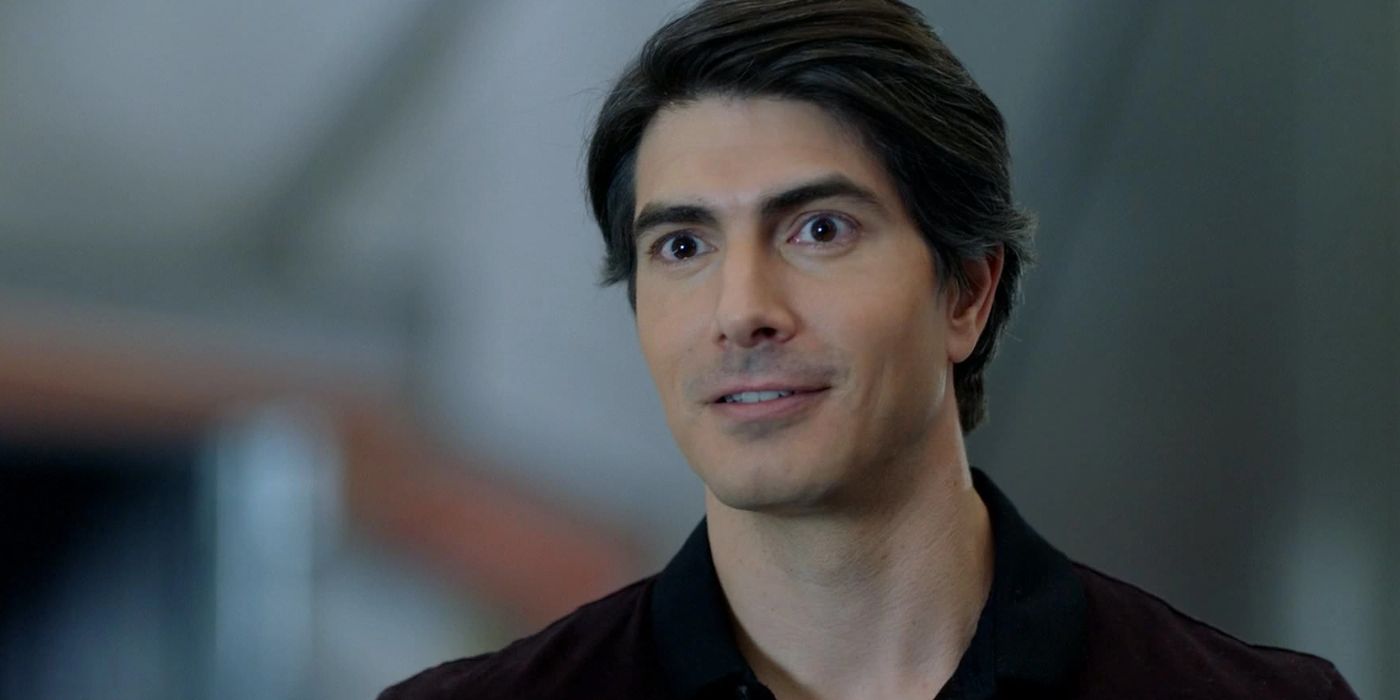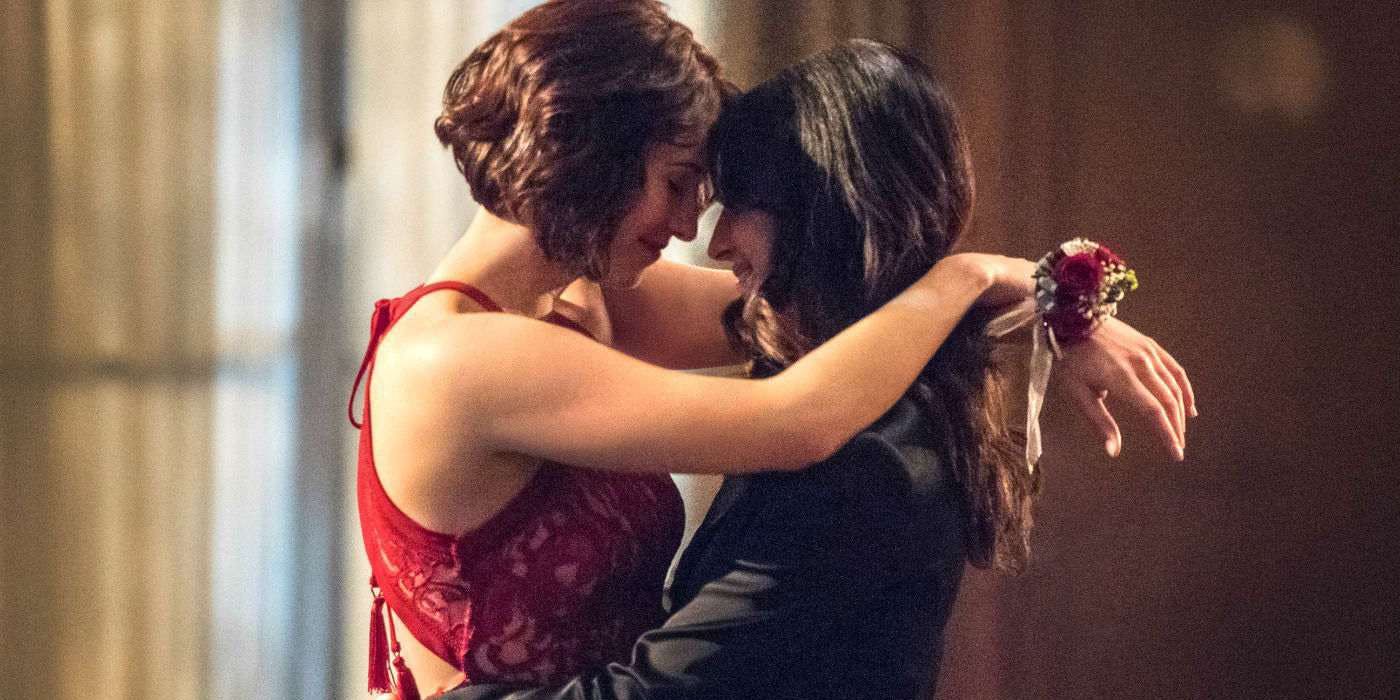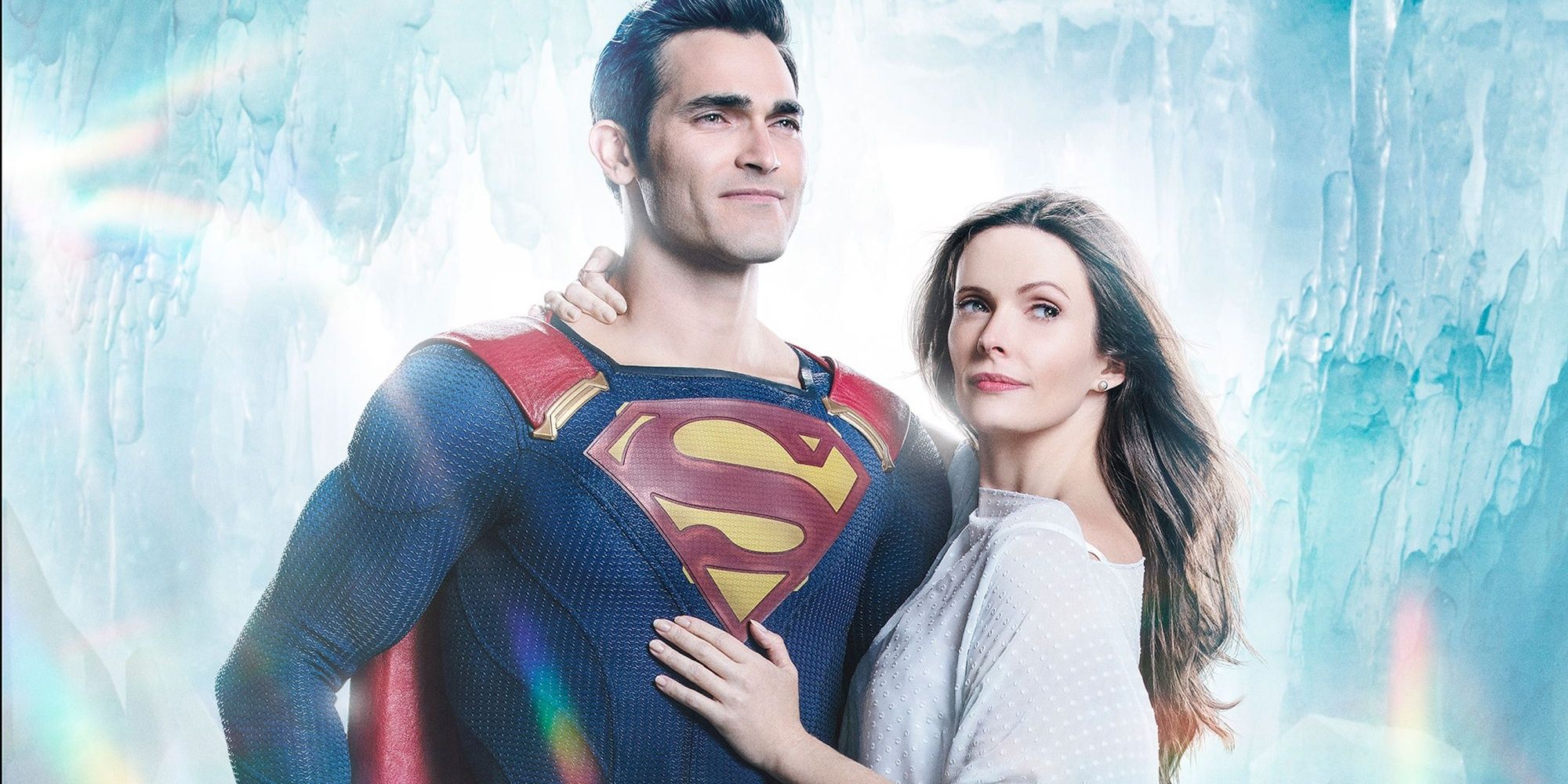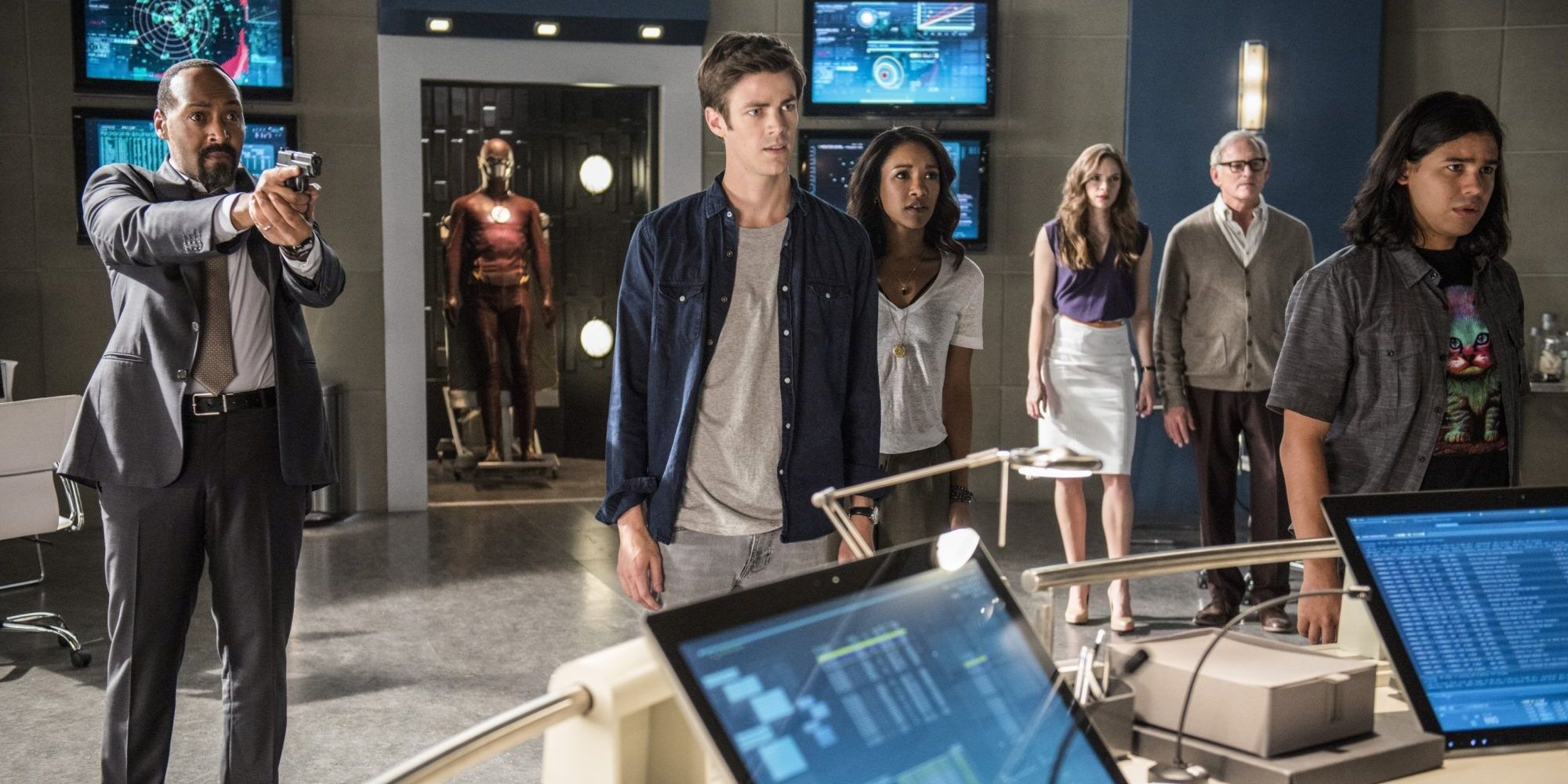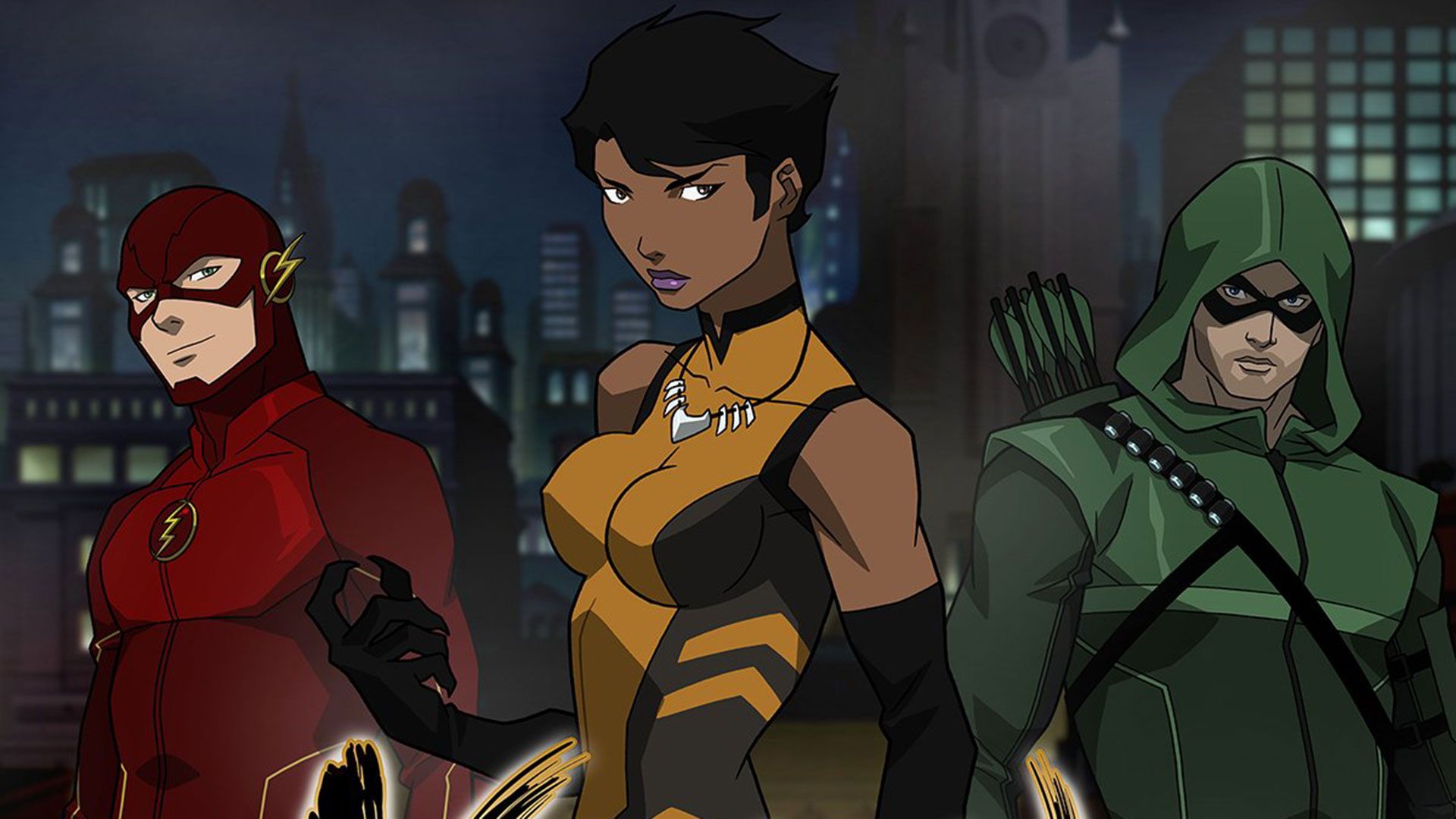The first season of the hit CW series Arrow landed in 2012 and had a strong response from Green Arrow fans and casual viewers alike. That first season was relatively gritty and grounded, taking some clear inspiration from Christopher Nolan's The Dark Knight trilogy.
Things would change pretty quickly, as the second season began a domino effect that allowed for far wilder and comic-accurate events to occur. nine years later, the Arrowverse as it's now known has gone from strength to strength, with no less than 7 total shows operating within its shared universe over time. Here's a look at some of the biggest changes to have impacted the collective Arrowverse since the first season of Arrow.
10 Arrow Season 2 Set The Stage For Superpowers
The first season of Arrow shied away from embracing too many comic book tropes in favor of a more realistic tone. This worked in the series' favor and helped establish a strong foundation to work from, but it didn't take long before some wackier concepts found their way into the show.
Season 2 introduced 2 major elements that set the stage for superpowers going forward. One was mirakuru, a drug that granted the user super strength and stamina and resulted in the villain Deathstroke, while the other was the introduction of Barry Allen. In the 9th episode, "Three Ghosts," Barry is struck by lightning after a particle accelerator explosion, which ultimately turns him into The Flash.
9 The Flash Was The First Of Many Spin-Offs
After being introduced in the second season of Arrow, Barry Allen would take off in his own show in 2014, The Flash. Much like its predecessor, the series was met with great fanfare and became highly rated and popular. It would unashamedly embrace its comic roots and allowed the Arrowverse to start playing with far broader concepts.
Having reached 7 seasons and with an 8th set to premiere in November 2021, there seem to be no signs of The Flash slowing down anytime soon. The series has utilized time travel, alternate realities, monsters, and several heroes and villains showcasing a variety of power types. An early, and radical, departure from the established tone of Arrow.
8 Doug Jones Portrayed Arrow's First Metahuman Threat
After The Flash introduced the concept of superpowers existing within the Arrowverse, it was only a matter of time before a "metahuman" found its way to Star City to shake things up. Of course, they were a villain and provided a very different kind of threat for Oliver and the team to battle.
In the season 3 episode "Broken Arrow", the team would encounter Jake Simmons, AKA Deathbolt, played by the legendary Doug Jones. Despite fighting an enraged Barry in an earlier episode, this would mark the first time Oliver took on a genuine metahuman villain and he needed the help of Ray Palmer, better known as The Atom.
7 Annual Crossovers Brought The Various Shows Together
One of the most fun elements of the Arrowverse since 2014 has been the annual crossovers, which have allowed the cast of all shows under the banner at the time to come together for a specific event. The original crossover, taking place across Arrow and The Flash, was a rather small-scale affair, but each year the event would get bigger and bigger.
2019s event, "Crisis on Infinite Earths," took place across 5 shows, and not only that, it brought in guest stars from previous DC shows such as Smallville and Birds Of Prey, but also actors from older DC movies such as 1989s Batman and 2017s Justice League.
6 Supergirl Was Set In An Alternate Reality
Supergirl originally aired on CBS and wasn't technically a part of the Arrowverse during this time, despite a fun crossover episode featuring The Flash. It was established quickly that the show took place on an alternate earth to that of the others, and the characters could only interact through dimensional breaches.
From its second season, however, Supergirl moved networks to the CW and became an official part of the Arrowverse, although it was still set in a separate reality. This meant that huge events that would take place in either world wouldn't have a direct impact on the other, but still allowed for the heroes to keep meeting up at least once a year for a new battle. After "Crisis on Infinite Earths," all CW shows now take place on one Earth.
5 Numerous Actors From Older DC Projects Took On New Roles
A fairly common trend in DC live-action shows is to include cameos or even recurring and main roles for actors who have appeared in earlier adaptations, and the Arrowverse has proudly kept this tradition going. Most of the time, these actors take on a whole new role that may include some humorous callbacks to their previous work.
Actors John Wesley Shipp, Dean Cain, Teri Hatcher, Erica Durance, and Laura Vandervoort amongst many others had appeared in the likes of the '90s The Flash, Lois & Clark, and Smallville. Some actors also made their way over from the big screen such as Brandon Routh and Helen Slater, who had appeared in Superman Returns and the 80s Supergirl film respectively.
4 The Showrunners Have Put A Focus On Greater Representation
As the Arrowverse has evolved, more and more actors and characters who represent different walks of life have been added into the mix. There has been a particular focus on incorporating more representation for characters from the LGBTQ+ communities which has received much praise from critics and fans.
Batwoman is particularly notable for being the first superhero series to feature a gay character in its leading role, and the series Black Lightning put the focus on a black family and dealt with issues of race in its storylines. In a universe with so many characters, it's only fitting that they should be a varied group and be brought to life by talented people who want to shine a light on matters that they believe in.
3 The Early Years Avoided The Main DC Trinity
The first season of Supergirl had references and glimpses aplenty of the man of steel, Superman, but no legitimate appearance from the iconic hero. That changed from the second season onward with a fun guest-spot from the hero and recurring visits here and there, up until 2021 saw his own series finally join the fold, Superman & Lois.
The other two members of the big DC trinity, those being Batman and Wonder Woman, have yet to appear, although some fans will count the inclusion of the villain Hush masquerading as Bruce Wayne in Batwoman. Aside from a brief glimpse at Wonder Woman's home of Themyscira in Legends of Tomorrow, she has yet to be properly referenced or seen.
2 Oliver Started His Journey Alone, Now Everyone Has A Team
Oliver Queen started his quest for vengeance on his own, not wanting to involve others in his risky plans. As the story moved further, more people would be drafted into battle alongside him, either as tech support or as a more literal combatant. Many of the other Arrowverse shows would go a different route, however.
The Flash, Supergirl, and Legends of Tomorrow either involved a solo hero working with a support team or featured a group of heroes at the core of its concept. The ensemble element has become the norm for the shows and allowed for storylines to take detours to focus on a particular side character to further flesh them out.
1 There Were Two Animated Web Series
In 2016, a new animated series hit the web-based on the heroine Vixen, lasting for 2 seasons of 12 episodes. The character was voiced by Megalyn Echikunwoke, who also portrayed her in live-action in the Arrow episode "Taken." Another version of the character would be portrayed by Maisie Richardson-Sellers in Legends of Tomorrow.
In 2017, another animated series would land and also last for 2 seasons entitled Freedom Fighters: The Ray. Actor Russell Tovey would voice the hero and again, also played the character in live-action during the crossover event "Crisis on Earth-X."

